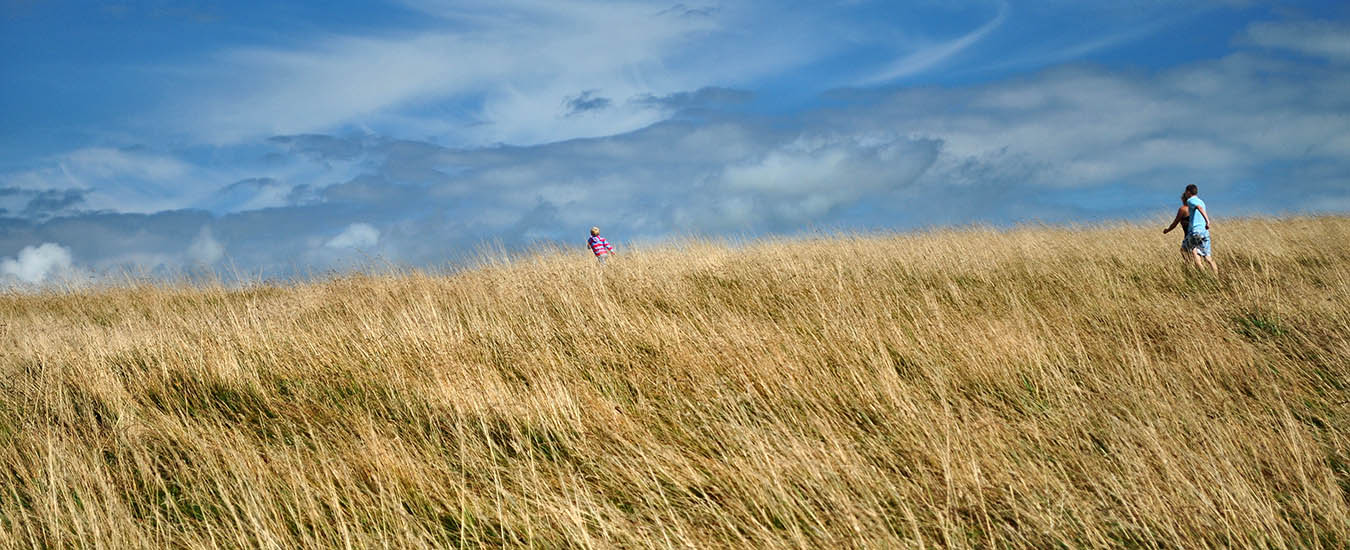Sailors are gearing up for the adrenaline rush of this year’s Halifax to Saint-Pierre race.
Halifax lawyer Lloyd Robbins decided to take the plunge by signing up for the challenging 580-kilometre (360-mile) ocean race from Halifax to Saint Pierre, off Newfoundland’s rugged coast.
Before the 2006 race, novice racer Robbins loved nothing more than leisurely cruises in his 30-foot Nonsuch single-masted sailboat. Robbins saw the race as an exciting opportunity to see the picturesque Saint-Pierre, part of a cluster of small islands belonging to France, which he had visited for the first time 30 years earlier.
With the wind at their backs, Robbins and his crew of four set off from Halifax and were cruising up the coast of Nova Scotia, well ahead of many of their competitors, when everything changed. They were just over 80 kilometres from the finish line when the boat’s choker line (the line that keeps the sail full) broke, forcing them to abandon their sail and travel the rest of the way by motor.
Any disappointment at dropping out of the race immediately evaporated when they reached the docks in Saint-Pierre. Met by a crowd of wellwishers and a bottle of champagne, the festivities began. “We had a good adventure. It’s a good race and it’s a lot of fun at the end,” says Robbins, who plans to do the race again this year.
Robbins knows he is proof that you don’t have to be a world-class sailor to take part in this biannual competition. The race attracts everyone from elite sailors like Derek Hatfield, who has sailed around the world solo, to cruisers like Robbins who are simply interested in a challenge.

The event was started in 2002 by competitors Hal Davies of Halifax and Philippe Paturel of Saint-Pierre, two sailors who were looking for a way to fill the void left in the years in which the famous Marblehead-to-Halifax race isn’t held.
While the Halifax-to-Saint-Pierre race is roughly the same distance as the long-standing Marblehead race, which started in 1905, some say it is a tougher course. “It’s more challenging,” says Randy Stevens, chair of the race committee. “It depends on the weather conditions.” Racing in northerly waters, sailors should brace themselves for unsettled weather conditions complete with fog, lots of wind, or, on the other extreme, little wind.
Since its inception six years ago, the race has grown steadily. The first year, 22 boats took part. By 2006, there were 32. More than 50 boats are expected in this year’s race, which begins on July 14 in Halifax Harbour. The majority of this year’s boats are from the Maritimes and Saint-Pierre, with just over a dozen from the United States, says Stevens. Race organizers hope to eventually have as many as 70 boats entering.
With a $350 entry fee, it is one of the cheapest ocean races around, says Stevens. Boats will race in two divisions: division one, which is open to full racing sails IRC and PHRF (racing handicap systems) classes; and division two, the cruising canvas class for yachts racing without a spinnaker. Boats must be at least nine metres to take part. This year, Stevens expects the largest boat will be 18 metres.
The owner of a C&C 39 sailboat, Stevens has raced to Saint-Pierre every year since the race’s inception. An avid sailor, he initially took part as a way to see the small island. “Going to Saint-Pierre is like making a trip to France,” he says.
In 2006, he had his two sons, then aged 26 and 27, onboard as part of his crew of eight. After 53 exhilarating hours on the water, during which they braved swells of up to two metres and 30-knot winds, they arrived safely in Saint-Pierre. The French Coast Guard escorted them to the wharf, and a bottle of French wine and fresh, hot croissants awaited them onshore.
The post-race party doesn’t stop for three days. This year, the parties are expected to begin after boats start arriving on the island on July 16. In 2006, the fastest boat reached Saint-Pierre in just 48 hours.
On July 18, a sailor’s parade will wind through the island’s pretty town to the mayor’s office, where a traditional tree-planting ceremony and reception will take place. That night, the whole community is invited to a dance and barbeque. The following day, racers will head back to the water for a Grand Prix Race. But this time they’ll compete against each other inshore. An awards ceremony and dinner will cap off the celebrations.
The Bluenose II will escort racers from Halifax to Saint-Pierre this year. Acting as Nova Scotia’s ambassador, the trip will be the famous schooner’s inaugural visit to the island.
To ensure the racers’ safety, at least one Canadian navy ship will also escort the sailors. The ship patrols along the way, and makes a courtesy visit to Saint-Pierre on behalf of the Canadian government. Safety is paramount to race organizers, says Stevens. In addition to requiring life rafts and other safety gear onboard, 20% of the crew, including the skipper, must have a valid safety-at-sea certificate that meets International Sailing Federation survival requirements.
In addition, each racing boat will be equipped with a locator beacon. The beacon will act as a safety feature, but also allows friends and family to track racers. By logging onto the race’s website (www.routehsp.com/Routehsp.com/Welcome.html), people will be able to track each boat’s position throughout the race, with updates every hour. That’s exactly what Robbins’ daughters did in 2006 from their homes in Halifax and Ottawa. “They were watching the race tracker and calling each other every hour,” he says.
For Stevens, July can’t come soon enough. He’s already counting down the days until he can embark on another high seas adventure. “Ocean racers don’t need to leave the province this year to get their adrenaline rush,” he says.
